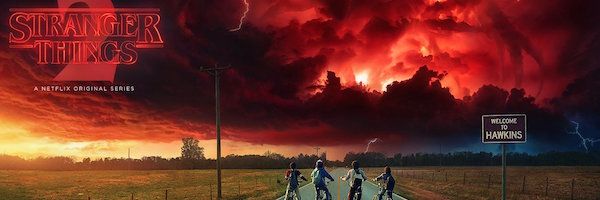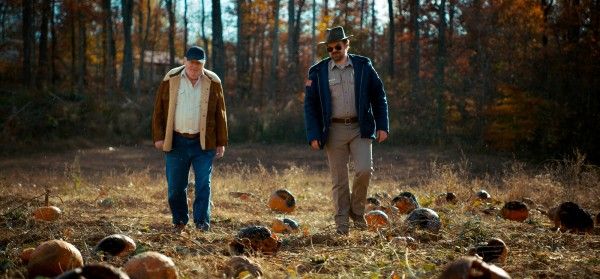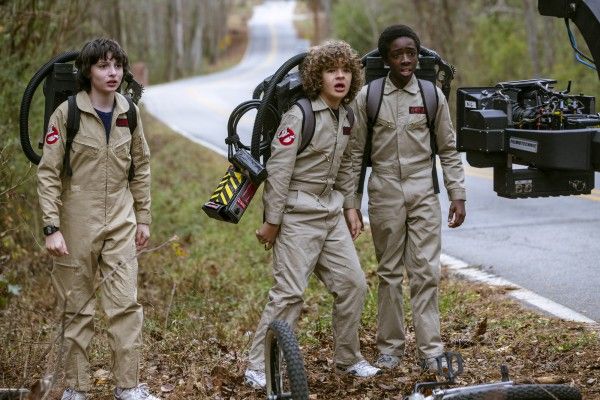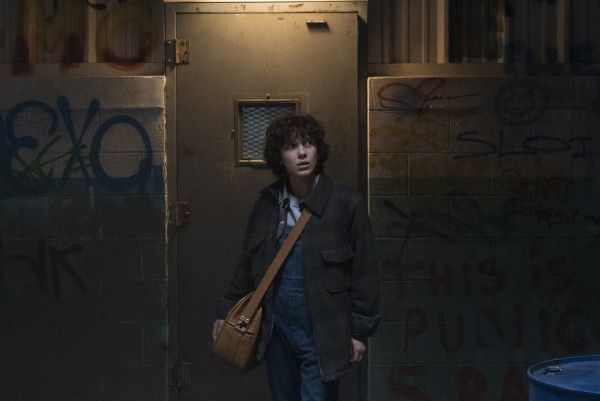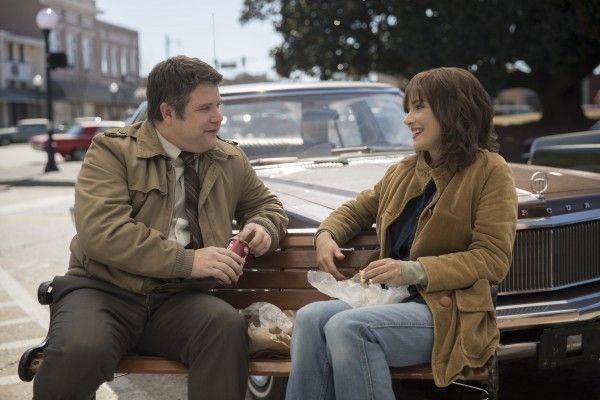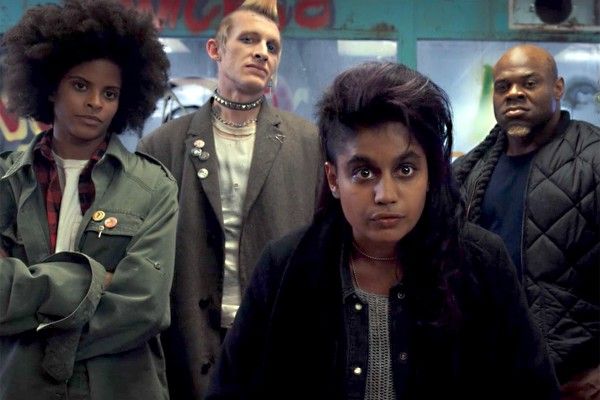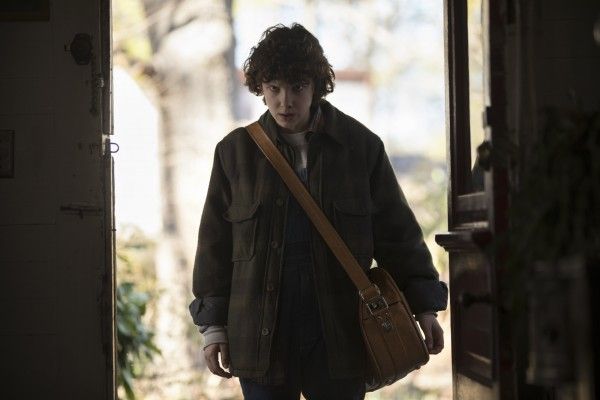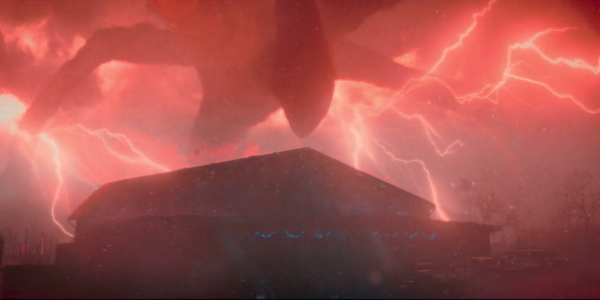Stranger Things 2 takes place over nine episodes, one more than the previous season, and arguably six more than The Duffer Brothers needed to tell the best story possible. Following the logic of Hollywood sequels that “more is better,” Stranger Things 2 is a constant drag, spinning its wheels on storylines that lack subtext, detours that fail to grow the characters, and a sci-fi plot that feels like a retread of Season 1. And yet under Netflix’s unique metrics, the show is a massive success by virtue of being slightly longer and getting media attention.
[Spoilers ahead for Stranger Things 2]
If you look at the overall picture of Stranger Things 2, you have a season that does a few things right, especially with how it pairs off characters to create new and interesting dynamics, but also has a lot of wheel-spinning. The plot doesn’t even really get going until the fifth episode. New characters are introduced like Billy, Max, and Kali, but their impact on the overall plot is negligible. Meanwhile, characters like Mike are pushed to the side, relegated to being a leader but without any of the shading beyond pining for Eleven. And arguably the season would be better if they didn’t include Eleven at all, whose raison d'être appears to be killing the giant monster at the end.
But Stranger Things 2 wants to have it all without having any clue on how to utilize its broader canvas. It’s a show where the town of Hawkins literally has monsters beneath its streets threatening to consume everything. Is it a metaphor for the rot of suburbia? The decay of America? The problems people hide? Nope! It’s literally just the new monster, a way to have more Demogorgons plus a huge monster who they kill but not really since we see it in the closing shot. Nothing was accomplished, no one really grew, and boy wasn’t it a fun ride filled with references to 80s stuff?
Think about where the season shines and how much better it would be if, rather than trying to shoehorn in some epic sci-fi (that, again, doesn’t feel wholly different than Season 1 except there’s more monsters), The Duffer Brothers had pared down to about three or four episodes where they focus more on the character relationships. You could still have a supernatural element to tie the characters together, but it would force the showrunners to focus on what’s important rather than trying to simply expand the scope without adding depth. You could still end with the characters dancing at the Snow Ball, but wouldn’t need the constant monster stuff as a distraction.
For example, look at the relationship between Lucas and Max. On the surface, it looks like it might lead to tension between Lucas and Dustin since they both have a crush on Max, and when Lucas decides to trust Max, it builds the bonds of trust that form the basis for their relationship. But because Stranger Things 2 has to service a bunch of other storylines, their relationship lacks definition. I can’t tell you what Max and Lucas like about each other beyond he thinks she’s cool and she likes that he trusts her. Compare that to Season 1 where we at least got some real quality time between Mike and Eleven so that when she “dies,” their parting has emotional impact.
But for all of Season 2’s flaws (and there are many), none of them ultimately matter. There’s no way to prove or disprove the success of Stranger Things in traditional metrics. Netflix doesn’t release data so we don’t know how many subscribers watched Stranger Things 2 this past weekend. We also don’t know if there was a drop off from episode to episode. And ultimately, it wouldn’t matter because Netflix doesn’t answer to advertisers. The show doesn’t have to be popular in a traditional sense because as long as people are talking about it, that’s good enough. Add the fact that it’s nine episodes instead of eight means that subscribers are spending an extra hour watching Netflix instead of doing anything else, thus making their Netflix subscription even more valuable.
For Netflix, the game right now is all about loading up on content. Earlier this month we learned they want to release eighty movies in 2018 alone. If the content is actually good, then all the better, but right now, they just want to be your one-stop shop for entertainment; rather than you going out this weekend to the movies or renting a horror classic on iTunes, they want to make sure you’re tuned to Netflix and watching Stranger Things 2. It’s a metric of success divorced from numbers or even actual quality. If Netflix were trying to make the best show possible, I don’t know if Stranger Things 2 would have a bigger budget to basically just retread Season 1 with different character relationships. But all they have to do is feed the brand, the brand feeds Netflix, and that keeps the subscriber base growing.
And that’s a shame because buried beneath the empty sci-fi and 80s references, Stranger Things 2 is a better show trying to get out. It’s a show where you genuinely care about the characters, and yet it’s a constantly frustrating experience because rather than getting to spend time with this ensemble and dig into the finer points of their relationships, we keep moving between plotlines and the show continues to spin its wheels. That may be what Netflix requires, but it doesn’t make for good storytelling.

